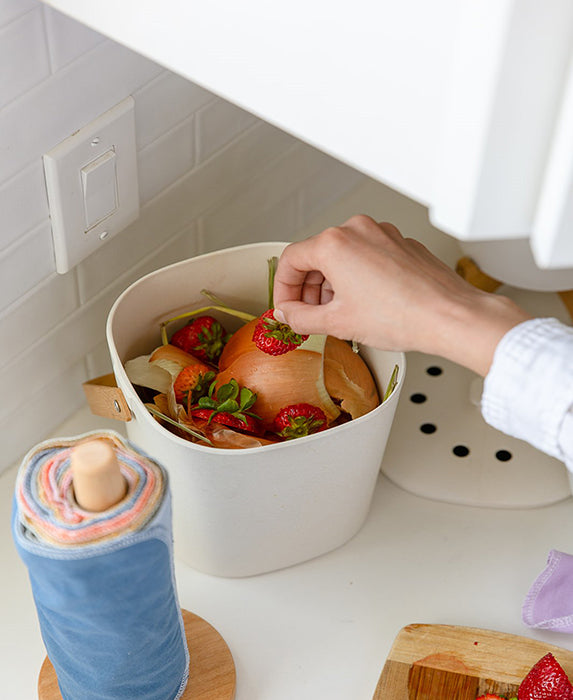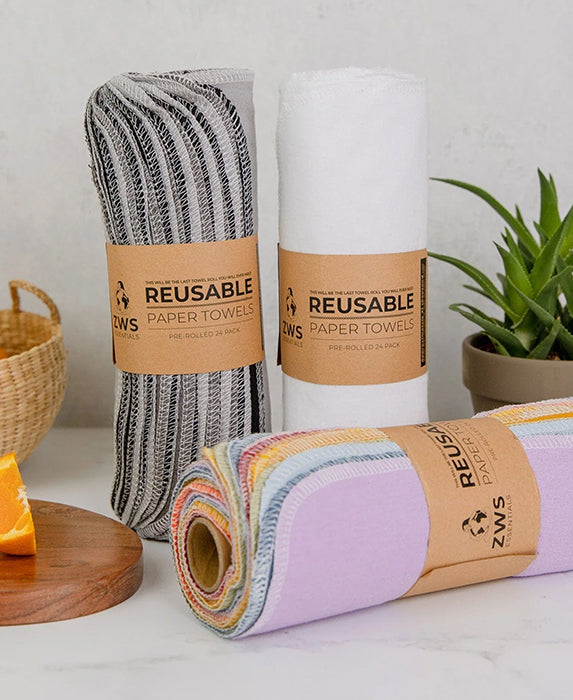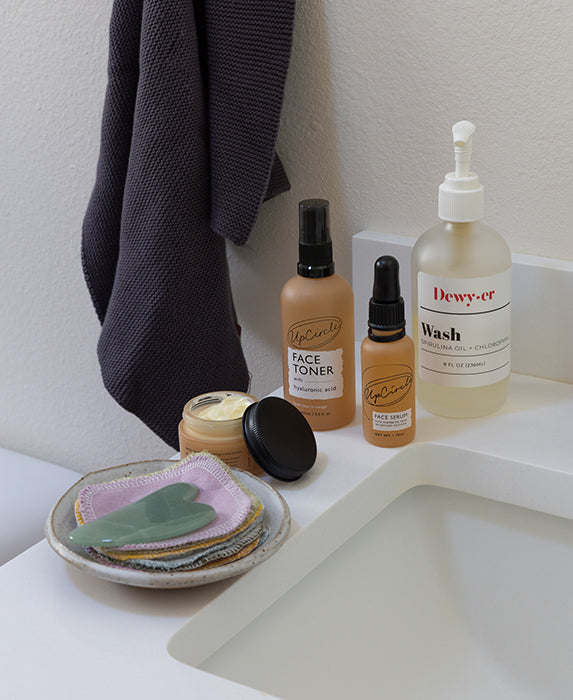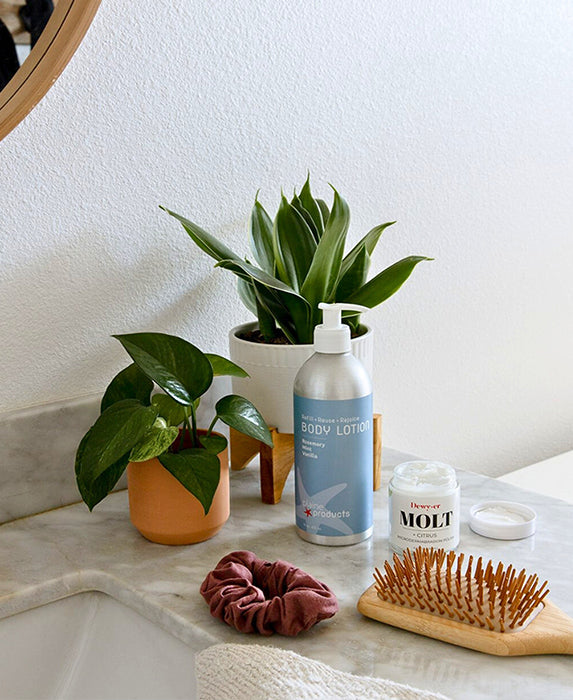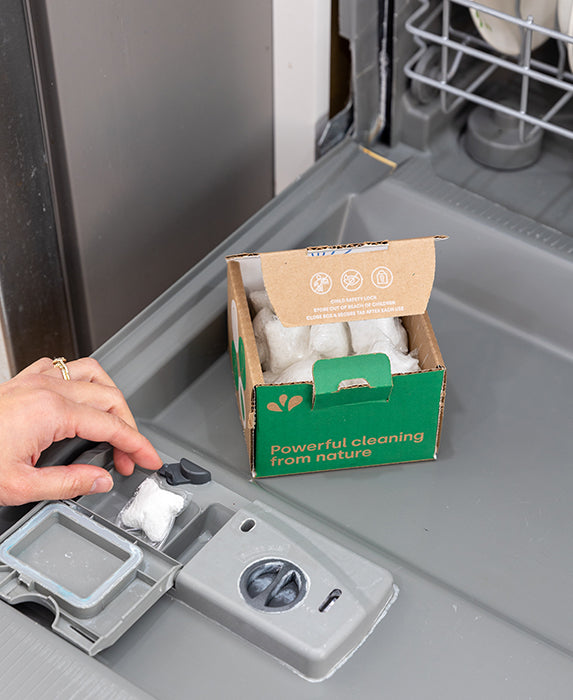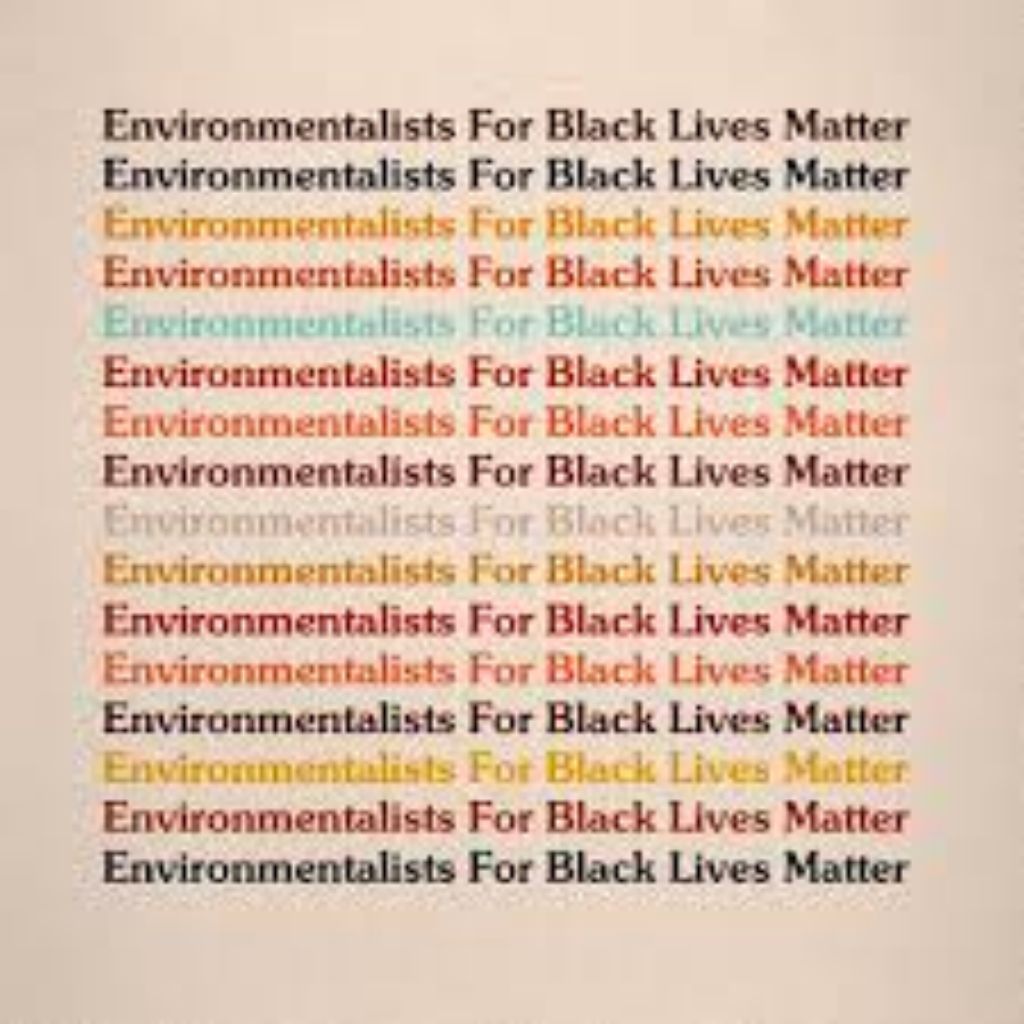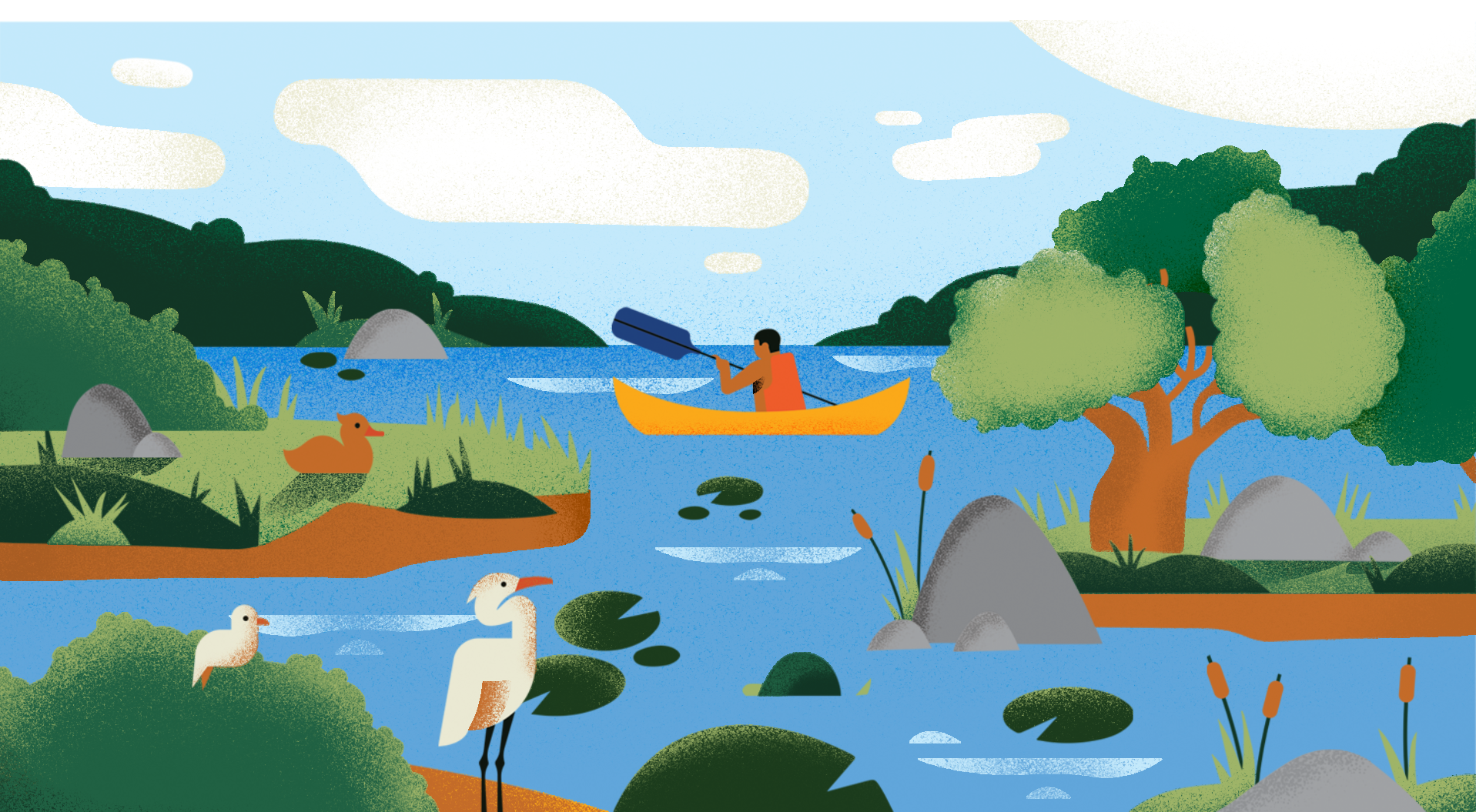From February 17-22, 2022, EarthHero donated 10% of all sales to Intersectional Environmentalist. Thank you all for your support!
Read our Q&A below to learn more about IE and the people who make the magic happen at the non-profit.
For those who aren’t aware, could you describe the work you do with Intersectional Environmentalist?
My name is Thea Gay, and I am a Programming Fellow at Intersectional Environmentalist. I mostly work with Sabs Katz and Kiana Kazemi to organize and facilitate IE events. I also assist with internal and external communications. As well as developing content and graphics for the IE community. (Thea Gay)
I’m Arielle and I host the Tik Tok page and our new podcast, The Joy Report. In collaboration with a few members of the team, I create content that makes environmental education and information accessible in a way that encourages climate optimism. (Arielle King)
My name is Sydney and I am IE’s fellowship lead. I coordinate the planning of fellowships at IE such as making sure the application + interview process run smoothly and the onboarding of fellows. (Sydney Cheung)
I’m IE’s Social + Creative Operations Manager! My role is to oversee all things social media, monitor and analyze content performance, and support the execution of comms strategies. (Maya Siegel)
My name is Eileen Tran and I am the Creative Director at Intersectional Environmentalist. I provide visual strategy + graphic design to all of IE’s original content, this includes our social media graphics, website assets, and print publication. (Eileen Tran)
Is there a specific moment in your life when you realized you wanted to, or needed to help with this movement?
I’ve always felt a very strong connection to social justice work because of my namesake Sister Thea Bowman, who worked to advance equality for African Americans within the catholic church especially for African American women. Being named after her is not just a label to me but a calling to continue her legacy along with the many other Black people throughout my family lineage and throughout history. I resonate most with the Environmental Justice movement as it connects to so many other social issues I want to fight against. I have spent the last year thinking about my future career and I know that this movement is where I can best carry on the legacy of the many people who worked so hard so I can be where I am today. I feel proud of the intersecting communities I represent, the future I am fighting for, and for the opportunity to honor my ancestors in this way. (Thea Gay)
When I was young and learning about my grandparents’ Holocaust stories, I was struck by just the sheer amount of people who knew what was going on at the time but did nothing about it. I told myself that if I were around during the Holocaust and I was not Jewish, I’d want to be the type of person who spoke up against injustice. This has been my driving force for years, and I hope to use my privilege and my voice to advocate against continued oppression. (Sabs Katz)
I spent ½ of my childhood on my grandparent’s farm in Tennessee. Every morning, grandma would wake me n my cousins up with chai before we got ready to go pick berries, throw baguettes and cranberry walnut loaves (the local bakery gave our family leftover bread each day) to the horses n cows, spread mulch, and layed cardboard on the weeds, twisted karelas off the vine, and explored the land we hadn’t yet explored alongside grandpa. Those early mornings were formative…learning from my grandpa, from the earth and the friends that sprouted from it, understanding how everything from the earth can heal and nourish us if we cultivate a relationship of respect, curiosity, quiet ess and intention with it. My gravitation towards environmental justice is less of an interest than it is a value I’ve been weaving into my work across fashion, writing, consulting, and art from when I was a five-year-old bringing berries home from a day at the farm to help grandma make pancakes. (Amira)
I don’t think I can pinpoint a certain time, but I can identify a certain person. Growing up in an environmental justice community in upstate New York I was introduced to a man named Yusef Burgess who worked at the New York State Department of Environmental Conservation. He was passionate about getting inner-city kids like myself outdoors, and frequently planned nature excursions where we received hands-on lessons about the beauty and wonder of the outdoors. He took me camping in the Catskill Mountains, taught me how to fish, and brought me on a kayak for the first time, and I even did river ecology research on the Hudson River through his programs. The more I learned about the planet the more I wanted to protect it. And now I’ve dedicated my entire educational and professional journey to preserving the planet, making environmental education accessible, and advocating for environmental justice. (Arielle)
Growing up in Colorado, I’ve always felt connected to the earth and been a fierce advocate of its preservation. It wasn’t until college though that I began working with and making friends with other POC – people with who I had mutual lived experiences and identities. Being in a community with these people was a game-changer for me because I observed how grounded they were in their identities and was inspired to understand and embrace my own. This was when I realized how deeply social and environmental justice is tied. (Maya Siegel)
What excited you the most about the direction of climate activism?
I am most excited for BIPOC youth to see their ancestors celebrated in environmental movements. Those whose ancestors have been the Earth’s most dedicated protectors are also the voices that have historically been left out of the narrative, but the future of climate activism celebrates how deeply environmentalism has been woven into our cultural songs, foods, rituals, practices + communities. When we lose culture, we lose ways of more organically protecting the world around us. The future of Climate Activism is culture. (Diandra)
I’m excited about the evolution of the climate justice movement into a mainstream movement that everyone can see themselves taking part in. To reach a just and sustainable future for all, we will need everyone to take part in building that future. That includes engineers, educators, artists, healthcare workers, and everyone in between. A big part of building that future is in education, and increasing access to frameworks such as intersectionality, environmental justice, and critical race theory. Learning these ways of thought at an early age will ensure we all incorporate them into our fields. I’m excited to see the new generation of intersectional environmentalists and the beautiful things they will build. (Kiana Kazemi)
I’m so excited about the increased inclusion of joy and art into climate activism. Art has been a part of social movements for decades, and I’m so glad that there’s so much of a push to include artists in this fight. I’m also really inspired by those who are actively choosing to be joyful, recognizing that activism fueled by optimism is so much more sustainable than that which is fueled by doom. I just read a quote recently that said, “the role of the artist is to make the revolution irresistible.” I’m loving the ways artists are doing just that.
I’m most excited to see the shift in narratives in the climate movement. There are so many stories and voices that have been excluded but are vital to navigating climate solutions. I’m also excited for folks to start connecting the dots that the climate movement is connected to so many different systems of oppression which all need to be dismantled in order for people and the planet to be fully liberated. (Sydney Cheung)
Centering community resilience and the protection of both people and the planet. I think the acknowledgment that injustices happening to marginalized communities and the earth are interconnected is crucial when addressing the climate crisis, and I am grateful to be part of IE where I’m able to uplift voices that have historically been silenced. (Maya Siegel)
The more we talk about climate activism and its hard work, the more we realize that we (the climate activists) are truly in this effort together. No more competition, no more shaming, no more cancel culture. We are listening to each other, we are growing together, we need each other. (Eileen Tran)
Do you have any advice for someone interested in engaging but doesn’t know where to begin?
Believe in your ability to uniquely contribute to Environmental Justice. As someone with a Sociology background, I felt a bit hesitant when I first began engaging in this type of work because I didn’t study Environmental Science. But if you’re passionate about making a positive change in the world, that is more than enough. Take the time to reflect on your own identity and how you feel you can best incorporate that into your activism. Research organizations and people who inspire you and connect with them. Whether it’s working, learning, or using their teachings to create your own space, don’t be afraid to take that first step and follow your passion. You deserve to be here, you deserve to be heard, and most importantly you being your most authentic self is exactly what we need to keep this movement intersectional. (Thea Gay)
Know that your voice is important in this movement. We each have different roles to play – some people love going to protests, some people love phone banking, some people like attending city council meetings, some people want to grow their own food. No matter what you are good at, there is space for you in this movement. Start doing research about environmental justice issues in your community. Are there any Facebook groups associated with it? Get involved! Or go volunteer at a community garden and get to know the regulars. Building community is always a great place to start when it comes to activism. (Sabs Katz)
Everyone has a role to play in the fight to protect and preserve our planet. Start by learning more about whatever specific issue interests you the most. Read books and articles, listen to podcasts, watch documentaries– whatever medium works best for you. Then start looking for organizations aligned with what you’re passionate about. Your role in this work sits at the intersection of what brings you joy, what you’re good at, and what work needs to be done. Make a list for all three categories if you think that would be helpful. Fortunately, there is a LOT of work that needs to be done, and it can only be accomplished if people are utilizing their skills and talents to raise awareness and take action. (Arielle King)
Start local and start personal! It can often feel really overwhelming to hear about large global events and the impacts of the climate crisis across the planet but know that you are not personally responsible for fixing all of those problems and that you are not alone in your journey. There are already like-minded people in your community that care about the things you do, who are working to address the local problems around you. Find those people and begin to take action on a small scale. You will be surprised at how far and wide that can take you! (Kiana Kazemi)
I think the first step would be to identify which topics you feel most passionate about and what you can contribute. For example, if you’re interested in graphic design, you can volunteer to design social media posts for local orgs. If you love to bake, you can drop off bread for mutual aid groups near you. The bottom line is that everyone can contribute something based on their passions, strengths, and resources. Don’t be afraid to put yourself out there, you’ll be surprised at how many like-minded folks you meet! (Sydney Cheung)
I started by getting personal and looking around my own community, so that’s my advice to others! Your lived experiences make you an expert! (Maya Siegel)
Start with what you are familiar with. For me, art + design is second nature. It started as designing nature-related graphics, then it grew to designing my own posters for climate protests and organizing my own events. You can read a book on environmental justice, write poetry, journal, attend a rally, the list goes on. Be creative! There are no wrong ways to engage in climate activism. (Eileen Tran)
Finally, what are you looking forward to this year for Intersectional Environmentalist?
I am really looking forward to IE’s evolution as an organization. I really love the creative direction and curation process inspired by previous social movements. I also appreciate art as a medium to express oneself or a collective and how the artistic process is never-ending. As an organization we are constantly, growing, and reimagining what we can be. I think that is one of the necessary and beautiful parts of Intersectional Environmentalist. We are dedicated to doing this work and the only way to effectively do it is by allowing our platform to evolve so we can best advocate for Environmental Justice. (Thea Gay)
We have some really exciting programming coming up this year, including opportunities for IRL community building, climate optimism, and continued learning. As IE continues to grow and hone in on our specialties, it’s been really beautiful to intentionally build offerings that we know our community will enjoy and find value in. I’m looking forward to connecting with more people, initiatives, and movements this year! (Sabs Katz)
Overall I’m so looking forward to more people within the IE community working with us this year, especially through initiatives like our Contributors Network. I’m also excited about more in-person events; providing more accessible, informational content; and of course our new podcast, The Joy Report! This podcast provides positive climate updates and news through the lens of climate/environmental justice. (Arielle King)
Continuing to learn and connect with the community! IE’s community is full of incredible people that I absolutely love getting to know, uplift, and grow with. (Maya Siegel)
In 2022, Intersectional Environmentalist is introducing more events on art, activism, + climate justice. For the past 2 years, I’ve been getting to know a lot of our community members online + I’m so excited to engage with our community IRL. (Eileen Tran)
Learn more about Intersectional Environmentalist by checking out our blog post, Non-Profit Spotlight: Intersectional Environmentalist.

